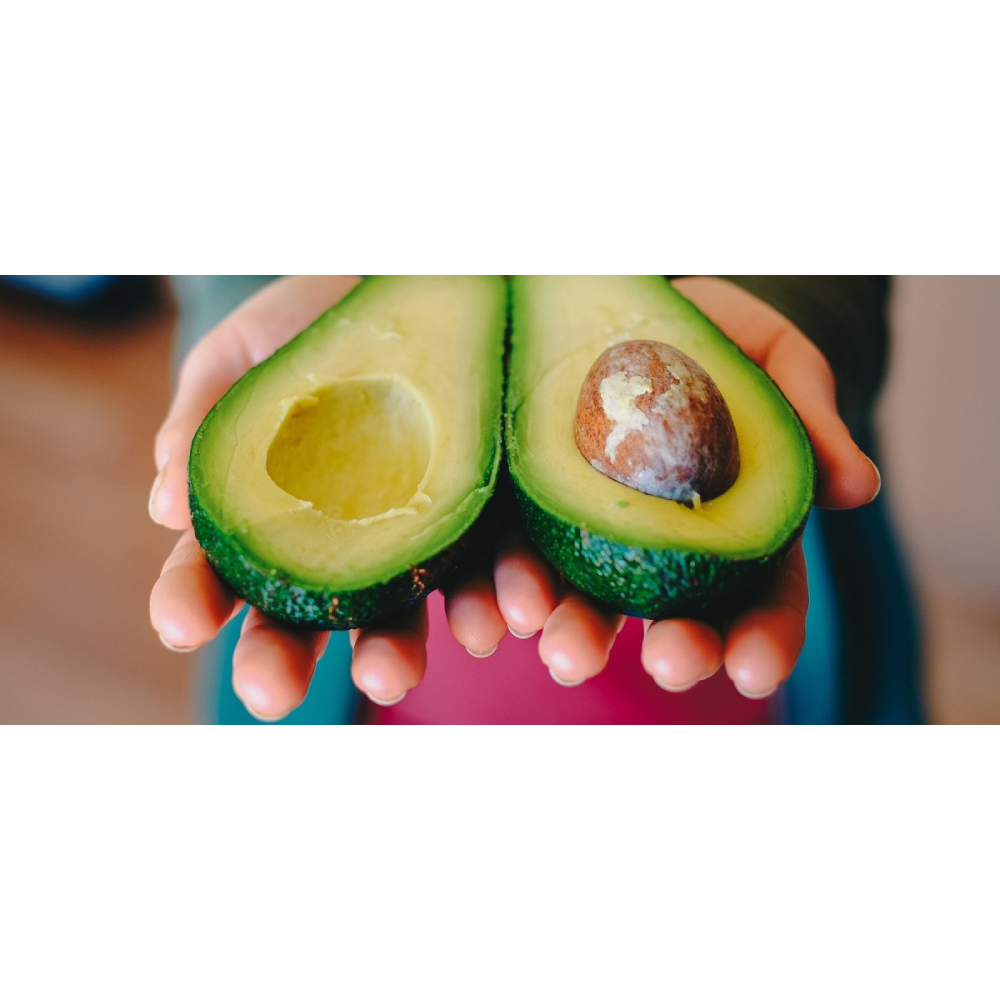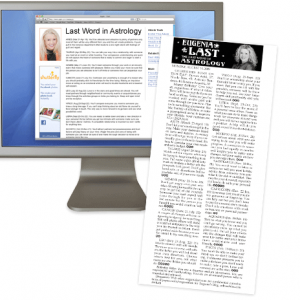Description
It’s no secret that when I come across an amazing book, I feel compelled to sing its praises to anyone who will listen. I’m practically a professional proselytizer for the publishing industry! (How’s that for alliteration?)
The latest book that I’m urging everyone — especially baby boomers — to read is “Genius Foods: Become Smarter, Happier, and More Productive While Protecting Your Brain for Life.” I first saw the author, Max Lugavere, on an episode of “The Dr. Oz Show” talking about his film, “Bread Head,” which followed his immersion into the world of Alzheimer’s disease after his mother was diagnosed with a mysterious form of dementia in her 50s. Now that his book has been published, we can all benefit from what he learned during his journey to better understand how to help his mother and protect himself — and the rest of us — from this cruel illness.
The book is divided into three parts: You are what you eat, the interconnectedness of it all (your brain response) and putting yourself in the driver’s seat. In the first part, we learn about which foods best protect our brain’s cellular makeup. In the second part, we learn about the interconnectedness between our gut and our brain cells, and why what we eat affects every aspect of our body’s performance and well-being. And in the last section, we learn about ways to create “a more robust organism” and receive instructions on how to eat and live according to “The Genius Plan.”
In case you’re wondering which 10 readily available foods fall into the Genius Making category, here is a cheat sheet:
—Extra-virgin olive oil.
—Avocados.
—Blueberries.
—Dark chocolate.
—Eggs.
—Grass-fed beef.
—Dark, leafy greens.
—Broccoli.
—Wild Salmon.
—Almonds.
The recipes at the end of the book are easy to follow and incorporate ingredients that help keep brain tissue happy and healthy. But this book isn’t all about what we put in our mouths because there are plenty of sensible suggestions about nondietary ways to enhance our brain health. For example: “Involving more than two thousand people who were followed over twenty years, the study (published in 2016 in the journal Age and Ageing) showed that sauna use four to seven times per week led to a 65 percent reduced risk of developing Alzheimer’s disease or other dementia, even after controlling for other variables like type-2 diabetes, socioeconomic status, and cardiovascular risk factors.”
We also learned about the benefits of both aerobic and anaerobic exercise, the effect of intermittent fasting on our overall health and our emotional equilibrium. In addition to all the information contained within this 388-page book, one of its nicest features is the conversational tone that allows readers to feel as if they are sharing Lugavere’s discoveries, rather than being lectured by an authority figure.
In closing, here is a very good reason, as Lugavere writes, for us to pay as much attention to our brain cells as we do to the rest of our bodies: “Your brain requires a tremendous amount of fuel to function properly. Despite its relatively tiny mass — 2 to 3 percent of your body’s total volume — it accounts for 20 to 25 percent of your resting metabolic rate. This means that one quarter of the oxygen you breathe and the food you eat is being used to create energy to fuel your brains many processes. Whether studying for a test, preparing for a speech or swiping through your favorite dating app, your brain is burning through fuel at the same rate as the leg muscles during a marathon race.”
Marilyn Murray Willison has had a varied career as a six-time nonfiction author, columnist, motivational speaker and journalist in both the U.K. and the U.S. She is the author of The Self-Empowered Woman blog and the award-winning memoir “One Woman, Four Decades, Eight Wishes.” She can be reached at www.marilynwillison.com. To find out more about Marilyn and read her past columns, please visit the Creators Syndicate webpage at www.creators.com.






Reviews
There are no reviews yet.